#Desert Globemallow
Text

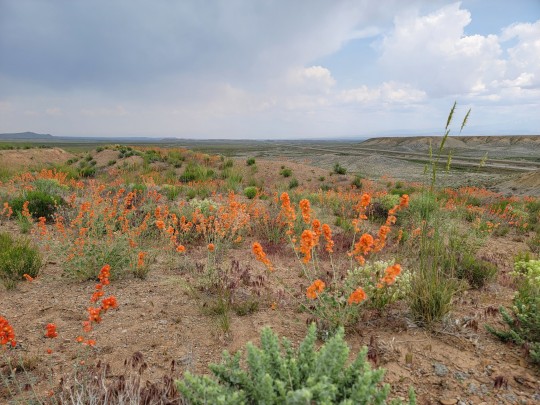
Globemallow (Sphaeralcea) Superbloom in Utah
#western american natives#xeric plants#superbloom#utah#Sphaeralcea munroana#desert globemallow#orange flower#nature#photographers on tumblr#original phography#these were so plentiful i couldnt even capture it#my phone camera was too weak
11 notes
·
View notes
Note
wait wait I have to think hard about these assumptions uhhhhh
okay
You have never had papaya. You don't have a favorite flower and uhhhhhhhhhhhhhhhhhhhhhhhhhhhhhhhhh
You like spinning in the desk chairs that spin (i forget what they are called oops)
I'm so bad at assumptions ahhhhhh
I have in fact, never had papaya (i actually had to look it up so I was sure which fruit it was lol)
You have no idea how much I love spinning I HAVE A RATING SYSTEM ON HOW GOOD OF A SPIN DIFFERENT OBJECTS HAVE AND I *CAN* TALK ABOUT IT!
I do actually have a favorite flower, but not like, a classic flower so I can see where you got the no flower vibe.
I swear I have posted about my favorite flower before, but couldn't find the post, so, GONNA DO IT AGAIN
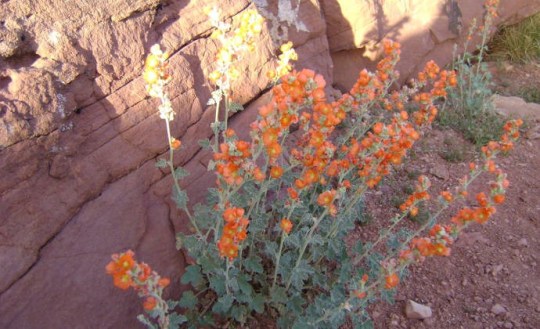
This is the desert globemallow! It grows wild up in Nevada around where I grew up. It has an impressive root system, doesn't like being transplanted (found that out the hard way), and has the prettiest mix of minty green leaves and red-orange flowers. And it can survive the practically nonexistent rain and negative humidity.
I will now proceed to show you pictures to convince you of how pretty they are, even when not in bloom!




There are a couple species of globemallow and all of them are perfect
5 notes
·
View notes
Photo
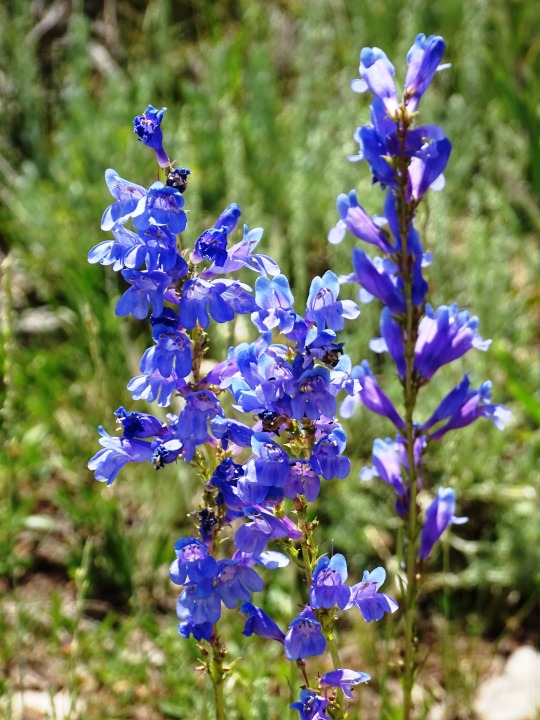




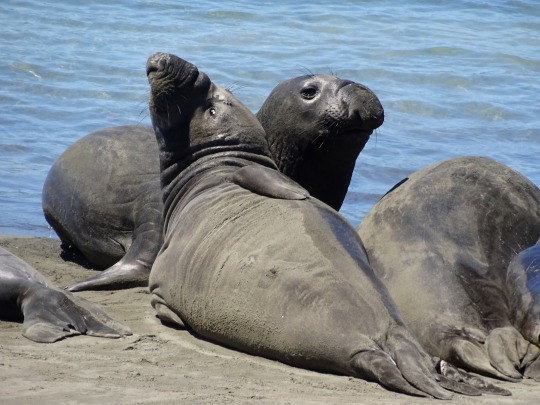
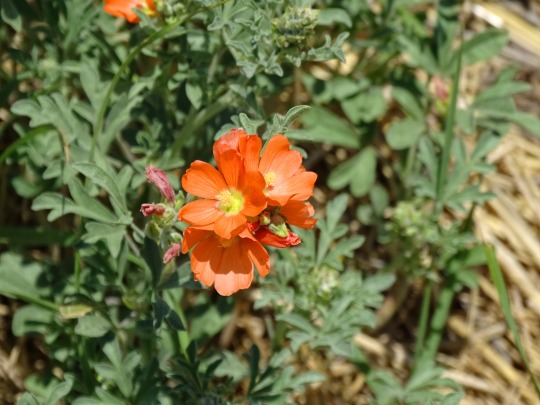



International Day for Biological Diversity
Biodiversity, or having lots of different kinds of life, is a sign of a healthy ecosystem. Visit a local farmer’s market and see what your area has to offer.
Biodiversity, a simple word with some very broad reaching implications. Biodiversity, when split into it’s component parts, “Diversity” defined as “a range of different things.” and bio meaning “life”, quite simply means “A Diversity of Life”. It has been shown that ecological niches with good biodiversity flourish and are healthy.
History of the International Day for Biological Diversity
The International Day for Biological Diversity was first established in 1993, when the 29th of December was selected to serve as the day to educate the world of the importance of Biodiversity. This was later changed to the 22 of May in 2000. Too many winter holidays were interfering with countries holding meaningful celebrations.
The prevalence of monoculture farming in the world has led to some rather dramatic and drastic consequences. Unknown to most consumers, most of the world only consumes one type of banana, and that isn’t the same kind that was being eaten only a few decades ago. Due to monoculture farming, an entire species of banana was wiped out by disease, leading to the cultivation of our present strain. Without biodiversity, we’re currently set up for the same thing to happen all over again.
Each year a theme is selected to educate the world on the broad variety of topics that fall under the veil of biodiversity, from Water and Marine biodiversity, to Forest and Sustainable development concerns.
Celebrating the International Day for Biological Diversity
Celebrating Biodiversity can be fun and delicious, especially if you take this opportunity to visit farmers markets and co-ops in your local area to try new types of produce. Whether you incorporate heirloom tomatoes into your gardening or cooking, or try one of the rainbow of colors of carrots out there that aren’t orange, biodiversity can bring a great new experience to your table.
Another way of celebrating biodiversity is to join a local park clean-up team and help to remove invasive plants from your local environment. These teams of volunteers will gather to remove plants that are impacting the local fauna’s biodiversity by taking over natural grow areas.
Another way to celebrate the International Day for Biological Diversity is to simply get out into the world and enjoy all the different types of life your local area offers. Even a local park can have an amazing variety of life you’ve never noticed, from the insects crawling through the grass and dirt, to the flowers we so clumsily lump together as ‘wildflowers’.
Whatever the case, get out there and celebrate the diversity of our natural world, not just on the International Day for Biological Diversity, but every day!
Source
#Rocky Mountain penstemon#Utah Juniper#Utah#Colorado#Plumeless Thistle#Banana yucca#Desert Globemallow#flora#fauna#USA#wildflower#wildlife#original photography#travel#vacation#summer 2022#pelican#bird#northern elephant seal#sea otter#Pacific Ocean#Hopi chipmunk#Plateau Fence Lizard#International Day for Biological Diversity#InternationalDayforBiologicalDiversity#22 May#animal
5 notes
·
View notes
Text

Blooming Desert Globemallow
#original photographer#photographers on tumblr#Sedona#Arizona#rafefar#desert#wild flowers#nature photography#Blooming Desert Globemallow#insect#bee
37 notes
·
View notes
Text


Ceratina arizonensis (Arizona small carpenter bee) on a blooming Spharalcea ambigua (desert globemallow)
10 notes
·
View notes
Text
Anyone else has a favorite wildflower?
Mine is the desert globemallow!

They're very hardy little desert plants and need very little watering. There were some pretty big ones growing in my family's backyard even though we did nothing to encourage them! They have a nice sweet smell I really liked!
They grow in the US Southwest, so the Mojave, Sonoran, and Great Basin deserts!
7 notes
·
View notes
Text
Nick is really very defensive of not knowing more than two flowers. I'd like to imagine him later maybe after the case furiously researching flowers. He gets one of those flower magazines and flip through it in a way that threatens to tear the pages. He's going to learn about flowers nad he's going to be mad about it but the next time someone asks him about flowers he still won't know bc he picked up a hyper specific one on flowers that grow in like Arizona or something.
"Nick, how do you not know what a daffodil is?!"
"Well do you know that globemallow has silvery wooly hairs that reflect sun and conserve moisture, good for a plant in the desert? Didn't think so."
11 notes
·
View notes
Photo

This is a Desert Globemallow, growing out of a crack in the paving outside my house. Somehow this guy manages to grow back every year after it gets trampled on by pedestrians. It is taunting me! I can't get any of these to take in my garden just a few feet away...
3 notes
·
View notes
Text
Super Bloom 2023?
Here is the Wildflower Update from the US Forest Service dated January 27,2023 in response to the above question.
Will there be a superbloom this year? The short answer- maybe. It is still too early to predict if the storms from the summer 2022 monsoon season will lead to a showy 2023 spring bloom. Generally, superblooms are preceeded by fall/winter rains, which we did not receive. Sprouts of many wildflower species have been seen popping up on alluvial fans, in washes and around Furnace Creek Visitor Center but whether they survive will depend on many factors including wind, additional precipitation and temperature.
Right now we are anticipating an average to above average bloom this year, but it remains to be seen if there will be a full superbloom. See "Predicting a Good Bloom Year" below to learn more.
Predicting a Good Bloom Year
A good wildflower year depends on at least three things:
Well-spaced rainfall throughout the winter and spring
Sufficient warmth from the sun
Lack of drying winds
Rain is Key
Gentle rain that soaks deeply into the soil is essential for a desert floral display. To begin, a rainstorm of a half inch or more is needed to wash the protective coating off wildflower seeds and allow them to sprout. For plants to continue growing, rainstorms must come at evenly-spaced intervals throughout the winter and spring. The best blooms are triggered by an early, winter-type rainstorm in September or October, followed by an El Niño weather pattern that brings above average rainfall to the Desert Southwest.
Warming Things Up
Wildflower seeds that sprout with cool winter storms often remain small and low to the ground until the springtime sun starts to warm the soil. They may not look like they are growing, but a strong root system is developing below the surface. As the temperatures get warmer, the well established plants then put on a growth spurt and start to bloom.
Harsh Desert Wind
Frequent springtime windstorms without additional rain can bring about a quick end to the spring bloom or even prevent it from happening by killing off delicate sprouts. Dry, moving air dehydrates exposed surfaces of all living things, including human beings. Desert plants often have waxy, hairy, or spiny leaves to baffle the wind and retain precious moisture. Humans can carry and drink water as needed, but the wildflowers must grow and bloom before they dry out, or late-spring heat arrives, in order to leave seeds scattered on the desert floor to produce the next generation.
When Wildflowers Typically Bloom
Mid February to Mid April
Where: Lower elevations on alluvial fans and foothills.
Wildflowers: Desert Gold (Geraea canescens), Notch-leaf Phacelia (Phacelia crenulata), Caltha-leaf Phacelia (Phacelia calthifolia), Golden Evening Primrose (Camissonia brevipes), Gravel Ghost (Atrichoseris platyphylla), Bigelow Monkeyflower (Mimulus bigelovii), Desert Five-spot (Eremalche rotundifolia)
Early April to Early May
Where: 3000 to 5000 feet elevations, upper desert slopes, canyons, higher valleys
Wildflowers: Desert Dandelion (Malacothrix glabrata), Brittlebush (Encelia farinosa), Princesplume (Stanleya pinnata), Desert Paintbrush (Castilleja chromosa), Fremont Phacelia (Phacelia fremontii), Mojave Aster (Xyloriza tortifolia), Bigelow's Coreopsis (Coreopsis bigelovii), Indigo Bush (Psorothamnus arborescens), Desert Globemallow (Sphaeralcea ambigua)
Early May to Mid July
Where: 5000 to 11,000 feet elevation on mountain slopes, pinyon pine/juniper woodlands
Wildflowers: Desert Mariposa (Calochortus kennedyi), Purple Sage (Salvia dorrii), Rose Sage (Salvia pachyphylla), Panamint Penstemon (Penstemon floridus austinii), Magnificent Lupine (Lupinus magnificus), Inyo Lupine (Lupinus excubitus)
Fleeting Beauty

NPS / E. Hoerner
Past Wildflower Seasons
2022
Although we received rain in July, it came too early; rain is usually required in the fall to produce a large bloom. This fall was not only dry, but also hot, with above average temperatures in November. However, several rain events in December thoroughly wet the soil, which was good news for wildflowers, leading to an average bloom (not a super bloom) this spring.
3 notes
·
View notes
Text

Grandstaff Canyon #23 - May 21st 2023
2 notes
·
View notes
Text
things we found on the geode hunt
geodes
one burrowing owl on a signpost by the road. we stopped and backed up to re look at her and she hopped off and watched us from the bushes
wild horses at a distance
pronghorns. two groups of adults and little babies with huge ears and several lone horned males that were wary but not scared
horned larks (so many, everywhere)
one rabbit! saw just its little white tail disappearing down the road under the rabbitbrush (where she belongs)
one chipmunk
several ground squirrels
family of ravens on the ridge above our campsite. they had many opinions about our habits
the brightest shooting stars i have ever ever seen
red-tailed hawk (3)
little beavertail cactus with bright pink blooms
so much big wide open space :) so much pretty grass and scrub and bushland
gold-speckled spadefoot toad tadpoles in a little muddy puddle. they were very fat and came up to the surface to gulp air
fluffy fluffy foxtail grasses in patches. so green
wildflowers! bright orange-red desert globemallow with many flowers on long stalks, red-pink trumpet stalks of utah penstemon, round, tall-stemed and deep blue prairie flax, bright magenta paintbrushes, yellow and tall-stalked great mullein, yellow rabbitbrush, deep purple silvery lupine, big-petaled delicate white sego lily on thin stems rising apparently from no plant at all
halogeton with fat scarlet stems and rubbery mint-green leaves
16 notes
·
View notes
Photo
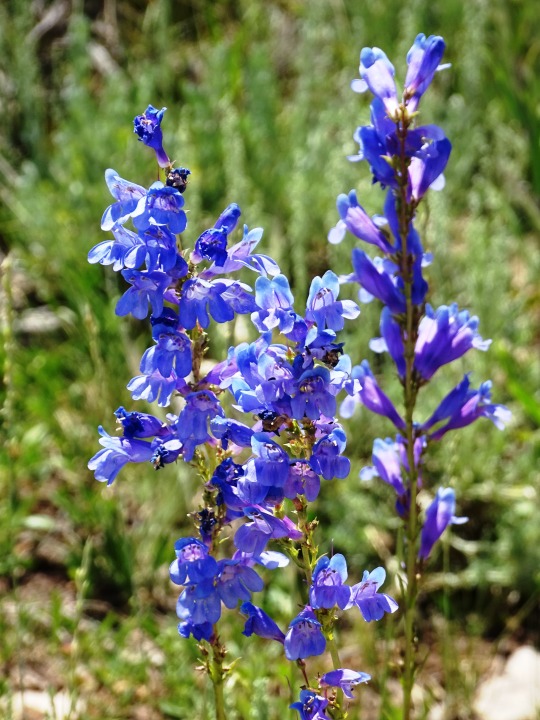

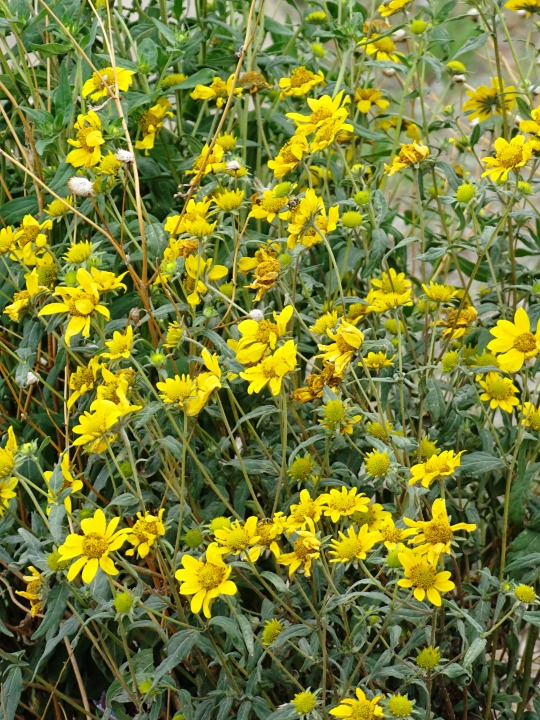
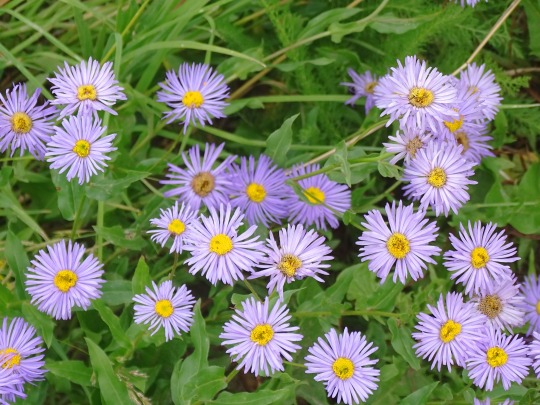


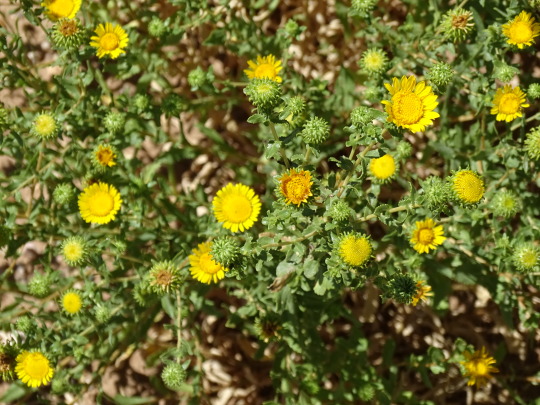

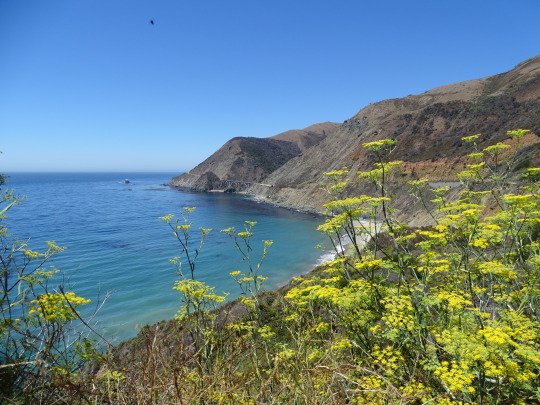

Vernal/Spring Equinox
The March Equinox is an annual celebration that occurs on March 20. In the Northern Hemisphere, the March Equinox is referred to as the vernal equinox. It marks the start of Spring in the Northern Hemisphere and the autumn season in the Southern Hemisphere. It marks the Sun’s crossing above the Earth’s equator, moving from south to north. Like all equinoxes, the March equinox is distinctive in that it has almost exactly the equal amount of daylight and nights across many latitudes of Earth.
History of March Equinox
Wherever you may be on Earth, the equinox brings us several seasonal effects which have been noticeable to nature lovers around the globe for years. The word ‘equinox’ originates from two Latin words: ‘aequus’ meaning equal and ‘nox’ meaning night. The literal meaning is ‘equal night.’ Our ancestors, who had far less precise timekeeping than we do, believed that night and day were equal. But today we know this is not true.
People have been celebrating the March Equinox for centuries and since it is associated with spring the festivals tend to celebrate fertility and agriculture. The Romans used this day to celebrate their goddess Cybele who has driven around in a chariot drawn by lions. Ancient Persia in roughly 550 B.C., celebrated the vernal equinox as Nowruz, their New Year. Modern Iranians still celebrate this time as their New Year. During the era of the Shang Dynasty, which ruled China from 1600 to 1046 B.C., it was believed that the spring equinox marked a mythic beginning, a type of ‘start of their line.’ Jews in the 12th Century believed that the spring equinox marked the day in the year in which the Biblical plague that turned Egypt’s water into blood occurred.
The festival of ‘Holi’ is the March equinox festival in India. This is celebrated in honor of various Hindu deities and legends. It signals the triumph of Good vs Evil, the most notable being the legend of Krishna and Rhada. Ancient cultures had great awareness of nature, the seasons, and the movement of the celestial bodies. Many built sites that had a glaringly obvious use: that of a calendar. These were often aligned to display shafts of sunlight during solstices and equinoxes. Examples of these are Chichen Itza in Mexico, Mnajdra Temples in Malta, and Stonehenge in England.
March Equinox timeline
Before the year 68 B.C.The Sun Lines Up in Aries
The sun lines up with Aries on the spring equinox but in 2567 the sun will line up with the constellation Aquarius.
2700 B.C.The Egyptian Easter Monday
Sham el-Nessim is an ancient Egyptian holiday that can be traced back to 2700 B.C.
1582The Gregorian Calendar Created
The Gregorian calendar is created and is based on the March equinox, falling from March 11 to March 21, the date it occurred in 325 CE.
1948Japanese Make Holiday Secular
In Japan, those who practiced Shintoism used the March equinox to honor their ancestors.
March Equinox FAQs
What happens during the March equinox?
During this time the Sun will cross the celestial equator from the south to the north.
What is the spiritual meaning?
Tradition states that this is the time to cleanse out old energy at home and with oneself.
Why is equinox important?
Equinox is important because it points to changing seasons.
March Equinox Activities
Spring Clean
Do some gardening
Visit ancient sites
The March equinox is the perfect time to give your house an overhaul. Start by decluttering your house.
Growth symbolizes triumph over death and being reborn therefore it has become a tradition to plant seeds at this time of the year. Add some colorful flowers to your garden to celebrate spring.
Various ancient sites are linked to March equinox celebrations and traditions. Pack a bag, call a friend or two and set out on an adventure.
5 Facts About The March Equinox
The sun rises and sets the fastest
Spring occurs on two different days
It’s Mother's day
It marks the middle of Spring
It signals the start of a festival
The fastest sunsets and sunrises occur during this time of the year.
There are two different calendars: the astronomical and the meteorological calendar. If we go by the astronomical calendar, spring will fall on March 20 but if we go by the other, spring will occur on March 1.
In Arab countries, Mother's Day is often observed on the March equinox.
In East Asian countries the March equinox marks the halfway point of spring.
Boatyard employees and sailboat owners in the U.S hold the Burning of the Socks festival where socks are burnt to celebrate the warmer weather.
Why We Love March Equinox
It is celebrated around the world
It signals new beginnings
Days are longer
The March equinox is celebrated by many cultures around the world. We love that it has a unifying factor.
The March equinox symbolizes growth and new beginnings. It is a clear marker of the change from winter to spring.
Along with longer days, the weather starts to warm up as well. Nature reflects this change with the blooming of new flowers and plants.
Source
#Rocky Mountain penstemon#Desert Globemallow#Hairy Golden Aster#flora#wildflower#original photography#Rocky Mountain goldenrod#fireweed#USA#Curlycup gumweed#Patrinia scabiosifolia#Convolvulus arvensis#Spring Equinox#First Day of Spring#Vernal Equinox#March Equinox#20 March 2023#original photogrpahy#travel#vacation#summer 2022#meadow
2 notes
·
View notes
Text
I am an invention—dark alarm,
Briareus’s hands striking the bells of my blood.
Whose toll am I?
I think too much—
each morning the Minotauromachy.
Through the night I swing the sickle of my wonders,
a harvest-work—of touch and worry.
Spend dawn and its day burning my dead—
Who fell in the night? What the night reaped?
I am every answer—
a mathematics of anxiety. How any maul can solve
the mesquite tree for the pyre.
In my chest I am two-hearted always—
love and what love becomes
arrive when they want to, and hungry.
The locusts disappeared the fields then themselves.
I bent—wept alone on the threshing floor,
not for what went stick to the feast—
I wept for the locusts.
I know what it’s like to be appetite of your own appetite,
citizen of what savages you,
to dare bloom pleasure from your wounds—
and to bleed out from that bouquet.
A head like mine was shaped on thirst.
I dream what is wet or might quench—
aquifers, rivers, cenotes, canals.
The dusked mirage of lake above your knee I sip and lick—
my tongue blush as the fluoresced ear of a jackrabbit.
I obey what I don’t understand, then I become it,
which needs no understanding.
The astonishment of my body’s limits—
how it is easily divided by a black field,
and the black field multiplied in stars.
The throng of a lover constellating.
Like any desert, I learn myself by what’s desired of me—
and I am demoned by those desires.
For this, I move like a wound—always, and fruiting,
sweetened by the thorn.
The tumbleweed turns and turns,
until it bursts free all its spores into the wind,
until it is only what it might become.
There is no such thing as time or June,
only what you’re born into—
only waiting for the rain, for the flood,
for what erupts my badlands and my tired eyes in beauty—
Mojave aster, desert globemallow,
where once was terrible nothing.
There is no god here in these flesh-hours,
though your jaw is a temple and your hips
strike like an axe—
the labrys I injure myself against.
But you called to here by me come softly,
into the bull-noon of my body—
and not unknowingly.
You’ve heard me churn and lather, yet knock and enter.
Together we are the color of magnets,
and also their doing. Manganese, lodestone,
ores the light will not touch, so we touch the light—
give it to one another
until we are riddled and leaking with it.
What else can we prostrate
or set before the large feet of our creators
if not the diminishment of the body—this Book of Scars.
Sand grinds like gears between my teeth—
sparkling, small machinery of want.
What question can I ask of the thing I am?
All I have done and failed to do.
The furrows I tear with my grief-mouth, a map of myself
carved by my own horns.
I have a name, yet no one who will say it not roughly.
I am your Native,
and this is my American labyrinth.
Here I am, at your thighs—lilac-lit pools of ablution.
Take my body and make of it—
a Nation, a confession.
Through you even I can be clean.
I, Minotaur by Natalie Diaz
0 notes
Text
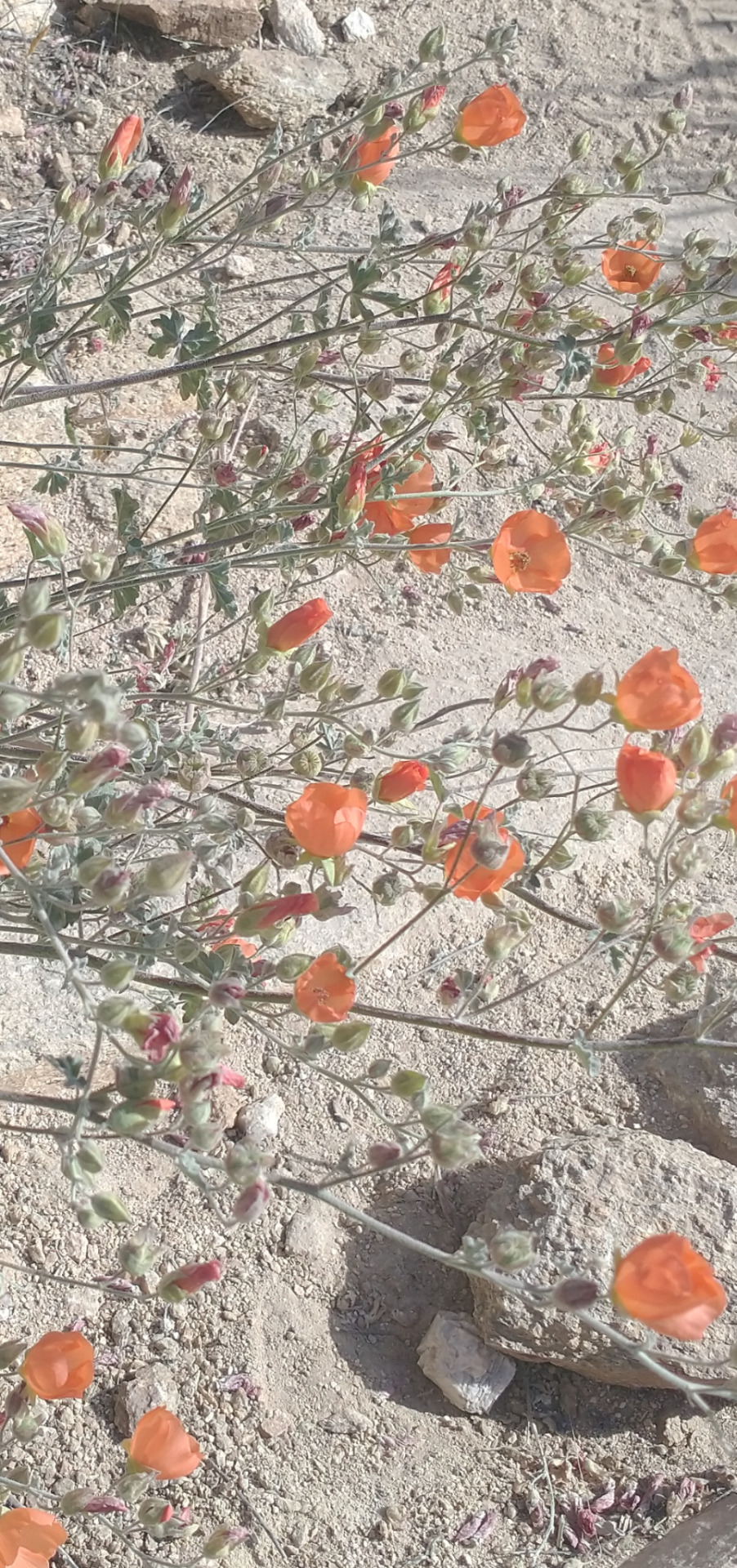

Desert globemallow (Sphaeralcea ambigua)
Bear Canyon, Tucson, AZ
April 7, 2023
0 notes
Photo

Scenes From My Walk - Scarlet Globemallow - Wildflower Of The Desert Southwest #ScenesFromMyWalk #ScarletGlobemallow #Wildflower #Globemallow #NewMexicoWildflowers #Naturalist #WildflowersOfNewMexico (at Santa Fe, New Mexico) https://www.instagram.com/p/CiiJIHLLwYS/?igshid=NGJjMDIxMWI=
#scenesfrommywalk#scarletglobemallow#wildflower#globemallow#newmexicowildflowers#naturalist#wildflowersofnewmexico
0 notes
Text
Wild globemallow is back in bloom with all the monsoon moisture. The beauty of desert wildflowers...
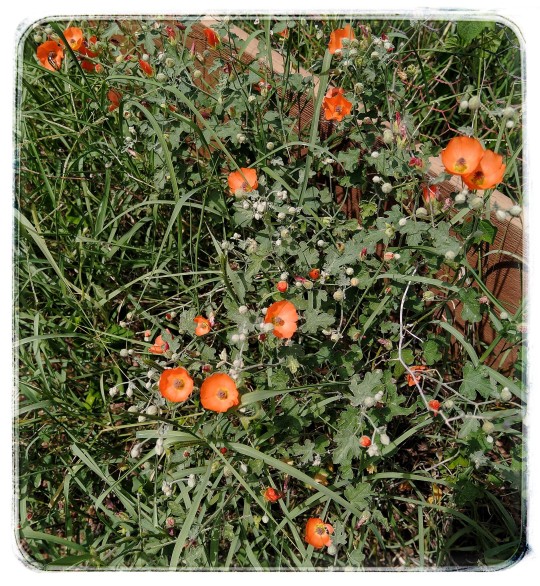
1 note
·
View note